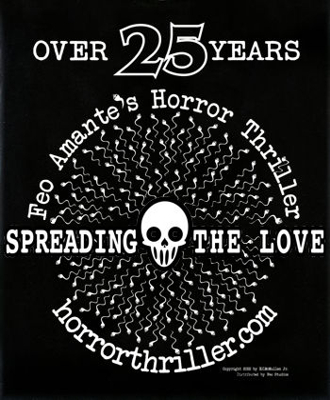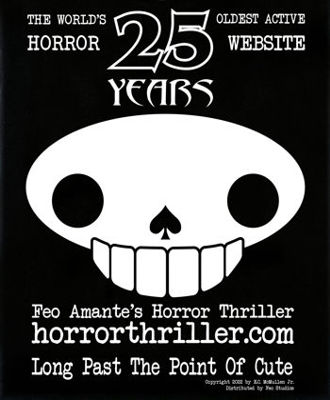 |
 |
Review by E.C. McMullen Jr. |
|
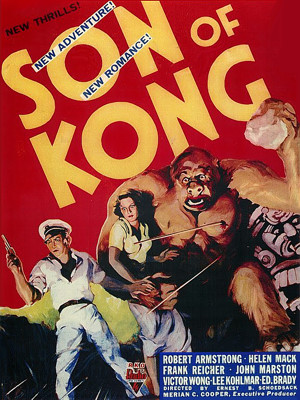
SON OF KONG- 1933USA Release: Dec. 22, 1933 RKO Radio Pictures Rating: N/A Starring: |
|||
In 1932, before KING KONG was even released, it was getting lots of buzz - incredibly good buzz. It couldn't be helped. Test audiences for the film were talking and wouldn't shut up. No one had ever seen anything like the special effects in KING KONG.
Of course, for a movie company like RKO Pictures that had lost $10.1 million dollars in 1932 dollars, this was all for the good. KING KONG was their big budget picture and if they lost on this one, they lost it all.
But the mega monkey made mega bucks, bringing in nearly twice what it cost to make it in its first release. So they needed to keep the good vibe going and that meant a rush production of another Kong film. Now rushing stop motion animation is no easy task - not now and especially not then.
Never the less, without any help from the original creators of KING KONG and with a story by one of the RKO script contributors to the first Kong, Ruth Rose, SON OF KONG was under way. Ernest B. Shoedsack (MIGHTY JOE YOUNG) returned to direct, but either his heart wasn't in it or he no longer cared. I can understand that. The movie moguls of RKO, who happened across KING KONG by accident, had given the greenlight to so many money losers that, eventually, KING KONG in eternal re-release world wide was the only money maker they had.
Carl Denham (Robert Armstrong: KING KONG, MIGHTY JOE YOUNG) is hiding out in his apartment from a number of bill collectors and litigants who will disguise themselves in any way they can to sneak into his apartment building and serve him with papers. The destruction that Kong caused, as well as the death and injuries, has cost Carl everything he owns and made his once famous name mud.
Carl makes his way back to his pal, Captain Englehorn (Frank Reicher: RETURN OF THE TERROR, THE INVISIBLE RAY, THE DEVIL DOLL, MYSTERY OF THE WHITE ROOM, DR. CYCLOPS, NIGHT MONSTER, THE MUMMY'S TOMB, THE MUMMY'S GHOST, HOUSE OF FRANKENSTEIN, in 30 years, Frank made over 220 movies!) of the ship that took him to Skull Island to capture Kong in the first place. The Captain is only one step behind Carl in losing everything to lawsuits. The two decide to put a skeleton crew together quick and sail out of town until things cool down.
Sailing the seven seas, but mostly the South Pacific and the Indian Ocean, Denham and Englehorn eventually arrive at a Dutch port without a cargo or a job. Unable to pay their crew, they hang out, catching a threadbare circus show consisting of tiny monkeys and a girl named Hilda (Helen Mack: MYSTERY OF THE WHITE ROOM) who plays guitar and can't sing. Denham takes a shine to her, liking her so much, that he chooses not to involve himself in her life at all. Later, at a bar, they meet up with a man named Helstrom (John Marston) - the guy who gave Carl Denham the map to skull island from the first film. Englehorn distrusts him, but Denham is interested in Helstrom's story about the treasure Carl never got while he was there the first time.
Out to sea, Helstrom wastes no time in turning the crew against Captain Englehorn. What's more, the crew soon finds that Hilda has stowed away. The fact that First Mate Denham knows her, and that Helstrom is clearly upset by her presence (and she by his) causes further stress among the crew, so by the time they finally reach Skull Island, there is a mutiny.
The movie features a cameo appearance by Noble Johnson, reprising his brief role as the Island Chief. Victor Wong, who played Charlie the Cook in the first one, also reprises his role with a meatier part. Now he's not only a cook, but brandishing a meat cleaver, he's also the hired muscle who protects Captain Englehorn.
TRIVIA Horrific real-life tragedy came out of no where during production when the wife of Kong animator, Willis O'Brien, murdered their two sons and tried to take her own life. O'Brien was devastated and Buzz Gibson was hired to finish the work. Out of respect for his direct boss, Willis, Buzz asked Producer Merian C. Cooper to leave his name off of the credits, but Cooper, being a dick, refused. |
Before long we meet the white haired Kong Jr., trapped in quicksand until Carl rescues him. Grateful, Kong Jr. becomes Carl and Hilda's protector while they figure out how to get off of the island. There are many goofy scenes of Kong Jr. doing nothing other than being cute - sucking on his finger, covering his mouth and smiling when he happens upon Carl and Hilda getting mushy, and the like. Kong Jr. also does a quick battle with a giant bear and a poorly constructed dino. In essence, this is a castrated version of Kong. No originality and no attempt to be as creative and wondrous as the original.
There was no time.
Best selling author, Edgar Wallace, and his partner Merian C. Cooper, created a KING KONG that endures nearly a century later. Directed by Cooper's best friend, Ernest B. Schoedsack, with an adapted screenplay written by James Ashmore Creelman (THE LAST PERFORMANCE, THE MOST DANGEROUS GAME, EAST OF JAVA), who was fully onboard with their brutal and wild monstrosity (Imagine a Giant Dracula was the seed of Wallace and Cooper's inspiration), and Schoedsack's wife, Ruth Rose, who wasn't keen on the idea at all, KING KONG was made by friend's and family and it all worked.
But Edgar Wallace died before the first KONG was released and with that, the light and guidance went out. When RKO rushed SON OF KONG into production, trying to strike while the iron was hot, Creelman was already working elsewhere and Rose convinced her husband Ernest, who was hired to direct the sequel, to let her turn King Kong's son into a "Lovable, Laughable Beast!".
That's how they wrote, directed, and sold it, and audiences gave it a chance, but it was an abomination by comparison and RKO found that audiences were soon ignoring the sappy SON OF KONG to watch KING KONG, still playing at some theaters, again and again. The original was killing the sequel!
16 years passed before Ruth Rose and Ernest could convince RKO to give them another shot at a giant ape movie with MIGHTY JOE YOUNG. They were bringing back Robert Armstrong for auld lang syne and since this wasn't a rush job, they would make MIGHTY JOE lovable but not laughable.
But Ruth couldn't help herself and since her husband adored her, he directed the movie she wanted and not what RKO was promised. In fact, Ernest, who knew nothing about stop motion animation, kept trying to direct animator Willis O'Brien to make SON OF KONG cuter, more lovable, more laughable (because of the rush, "Son" was new rubber and fur covering the original King armature) to the point where O'Brien did it at his house, refusing to come to the studio.
SON OF KONG made money, thanks to the inertia of its better father in the same year. But it was clear that any subsequent Kong films would lose a fortune and RKO never made another one.
As if to underline this, in early 1949 RKO re-released KING KONG to theaters to gin up audience anticipation to MIGHTY JOE YOUNG, prior to its release in the summer of that year.
MIGHTY JOE YOUNG made money, but as before, even the re-release of KING KONG won the day, and not because some theaters had it double-billed with SON OF KONG.
Still, RKO had no one to blame but themselves. They demanded a rush job of their crown jewel movie to be complete and released before the year was out. Rose admitted she didn't feel up to the task of writing a screenplay that could match the power of the first. The budget RKO gave, was less than half of what it cost to make KING KONG.
It was a template for disaster and major studios from Universal to 20th Century Fox admired the results, certain that they could follow RKO's "Cheaper sequels", while somehow having their movies make more money.
It took many decades and a new millennium, but most major and mini-majors eventually realized this folly, all except for Universal.
Universal copied RKO's Cheaper sequel template after only one expensive misstep during the Great Depression in 1936.
The movie, Show Boat, was both a critical darling and a profitable success the year it was released - but not before the bank which loaned part of the budget to make it, called the loan in - if you can believe it. This caused the Laemmlie family to lose control of the studio to Standard Capital Corporation.
Through the years, this Cheaper sequels model destroyed all of their legacy Universal Pictures Monsters (under the misguidance of SCC, UP teetered close to becoming a Poverty Row studio). This became their corporate culture which constantly threatens to bankrupt them (It's one of the causes for the studio to change owners so often) roughly every five years, yet their consistently failed "Cheaper sequels" model endures to today.
That, it seems, is the real legacy of SON OF KONG.
Two Shriek Girls.


This review copyright 2005 E.C.McMullen Jr.

|
| GET SOME CLOTHES ON | |
| YOU MIGHT ALSO ENJOY (Sub-Section: KAIJU GOO-GOO!) |
||
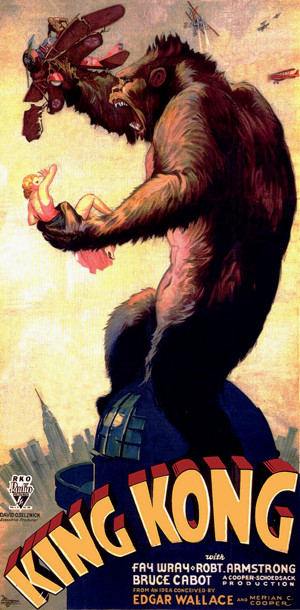 |
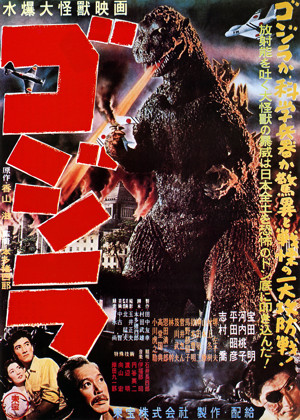 |
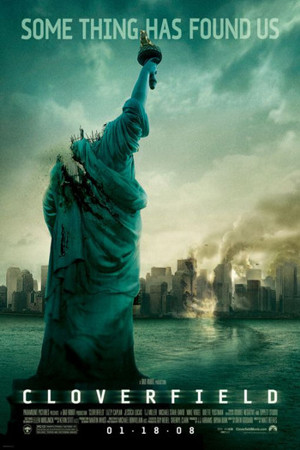 |
| KING KONG MOVIE REVIEW |
GODZILLA MOVIE REVIEW |
CLOVERFIELD MOVIE REVIEW |
FEO AMANTE'S HORROR THRILLERCreated by:E.C.McMullen Jr. FOLLOW ME @ |
| Amazon |
| ECMJr |
| Feo Blog |
| IMDb |
| Stage32 |
| YouTube |
| Zazzle Shop |
